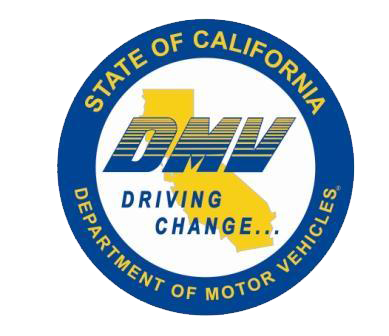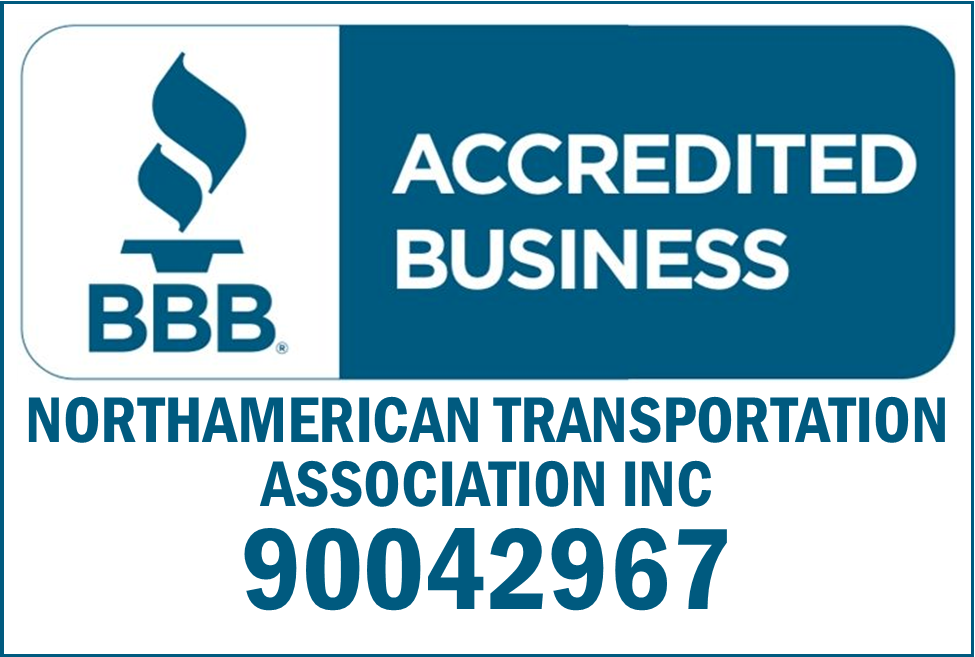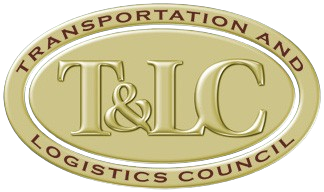How to balance safety with fuel economy when choosing tires for your fleet
Contributing Writer : Mike Skoropad
A 2021 study by
Consumer Reports
found that recent models of low rolling resistance tires can increase stopping distances by 9-12 feet when traveling at 60 miles per hour. The report concluded that this increase in stopping distance could “reasonably be the difference between a near collision and a tragic crash.”
This report has implications about the safety of long-haul trucks, since the adoption of low-rolling resistance tires in the pursuit of improving fuel economy is standard practice in the trucking industry.
In particular the study reflected the fact that simply chasing fuel economy alone when selecting tires for your fleet’s vehicles may increase the risk of accidents.
With these findings in mind, we will now go through how to balance fuel economy with driver safety when selecting tires for your fleet.
Why do low rolling resistance tires affect stopping distances?
Low rolling resistance tires can increase stopping distances because they reduce the amount of contact, and therefore friction, that there is between tires and the road.
The two ways that this contact is reduced is by minimizing the tires’ tread depth
and manufacturing tires’ sidewalls to be stiffer than usual so they conform less to pressure from the road.
Although the intention of this is to reduce the amount of energy that is lost through heat caused by friction between the tire and the road, it is this friction which brings vehicles to a halt when its brakes are applied.
Therefore, if tire manufacturers focus solely on improving fuel economy through reducing rolling resistance, they run the risk of creating tires that increase stopping distances to an unsafe extent.
Fleet operators should be aware of why a reduction in rolling resistance can affect stopping distances so that they can choose tires whose improved fuel economy was not developed at the sacrifice of traction with the road.
How can fleet operators balance safety with fuel economy
To ensure that drivers’ safety is not compromised by the pursuit of chasing fuel economy, fleet operators should look at the ways that the tires that they purchase are labeled, and should ask suppliers about the tread depth of the tires that they are purchasing
Labeling:
All tires are labeled out of 100 across three metrics: fuel resistance, durability and their ability to grip the road.
You should be purchasing tires that have a decent balance between these three scores. If the tire scores below 40/100 for any of these metrics then they should be avoided.
If you are going to prioritize any of these three metrics then it should be durability.
This is because having tires that have low durability both reduces driver safety as tires are prone to punctures and blowouts, and increases operating costs as tires will need to be replaced more frequently. This can mitigate any of the potential benefits of tires having better grip and improved fuel economy.
Tread depth:
Since low resistance tires often sacrifice tread depth to improve their fuel economy, you should always ask suppliers what the tread depth is of tires that you are buying for your fleet.
Ideally new tires should have at least 8/32s of an inch of tread depth. Anything under 4/32s of an inch will severely limit the extent to which tires can grip the road. Tires wear down on average 1/32 of an inch for every 5,000 miles driven so the amount of tread depth that you want in a new tire should reflect how long you want your tires to last before needing replacing.
It's also better to opt for low rolling resistance tires with a larger sidewall. Since the sidewalls of low rolling resistance tires tend to be less elastic than with regular tires, you want a larger sidewall to make up for this lack of movement. Low rolling resistance tires with smaller sidewalls can create a bumpy ride and are prone to blowing out.
Sidewall size is measured as a proportion of the tire’s tread width, with this figure being called a tire's
aspect ratio.
Low rolling resistance tires should have an aspect ratio above 60.
Accepting the cost of high-quality low rolling resistance tires
There are low rolling resistance tires that minimize the friction between the tire and the road not through reduced tread depth and sidewall elasticity but rather through utilizing silica compounds within the tire itself.
Although the use of these compounds allows a tire to have low rolling resistance and offer safe stopping distances, they are expensive to produce and these additional costs will be passed on to the consumer.
Given the number of vehicles that fleet operators typically need to kit out with tires, there is the temptation to prioritize affordability and fuel economy over everything else. Fleet operators need to just be wary that the only way that low rolling resistance tires can be manufactured cheaply is by sacrificing tread depth and sidewall elasticity.
Low rolling resistance tires made with more sophisticated technology will inevitably be on the higher end of the market and typically cost 130-140% of equivalent all-terrain tires.
Making drivers aware of stopping distances
It's worth remembering that the safety risks posed by the increased stopping distances created by the adopting of low-rolling resistance tires can be mitigated by educating drivers in maintaining safe following distances.
Some ways that fleet managers can create a culture of being aware of stopping distances among their drivers include:
Using telematics such as dashcam data to monitor driver’s speed, hard-braking and (where possible) following distances. Provide supervision for drivers who regularly resort to hard-braking.
Inform drivers whenever there are vehicle upgrades that might affect stopping distances.
Provide regular driver education on best practices around stopping distances. Where possible try to make these educational sessions practical rather than classroom based.
Monitor vehicle’s tire pressure and condition and give your drivers the tools and training to look after their tires correctly. Underinflated tires can exacerbate the increased stopping distances that some low-rolling resistance tires can cause.
This article was written by Mike Skoropad, the CEO and Head Technician of tire retailer
United Tires
Content Disclaimer: Due to the constantly changing nature of government regulations, it is impossible to guarantee the total and absolute accuracy of the material contained herein or presented. NorthAmerican Transportation Association (NTA) cannot and does not assume any responsibility for omissions, errors, misprinting or ambiguity contained. NTA shall not be held liable in any degree for any loss, damage or injury caused by any such omission, error, misprinting or ambiguity present. It is made available with the understanding that NTA is not engaged in rendering legal, accounting or other professional service. If legal advice or other expert service is required, the services of such a professional should be sought.











